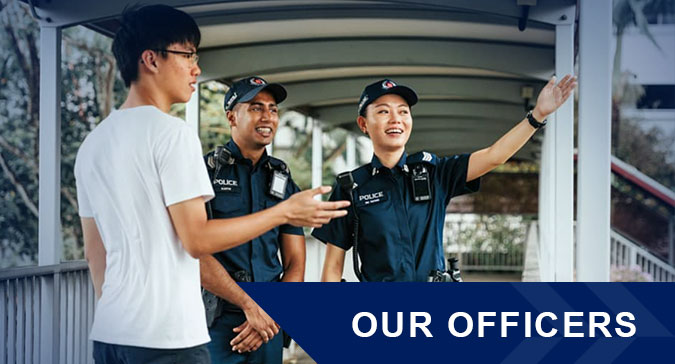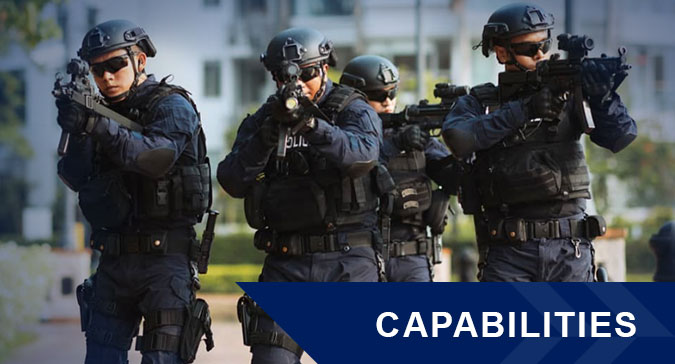A singular history – looking back on how the SPF has helped make Singapore one of the safest cities in the world.
By: Rachel Ng and Syam Roslan
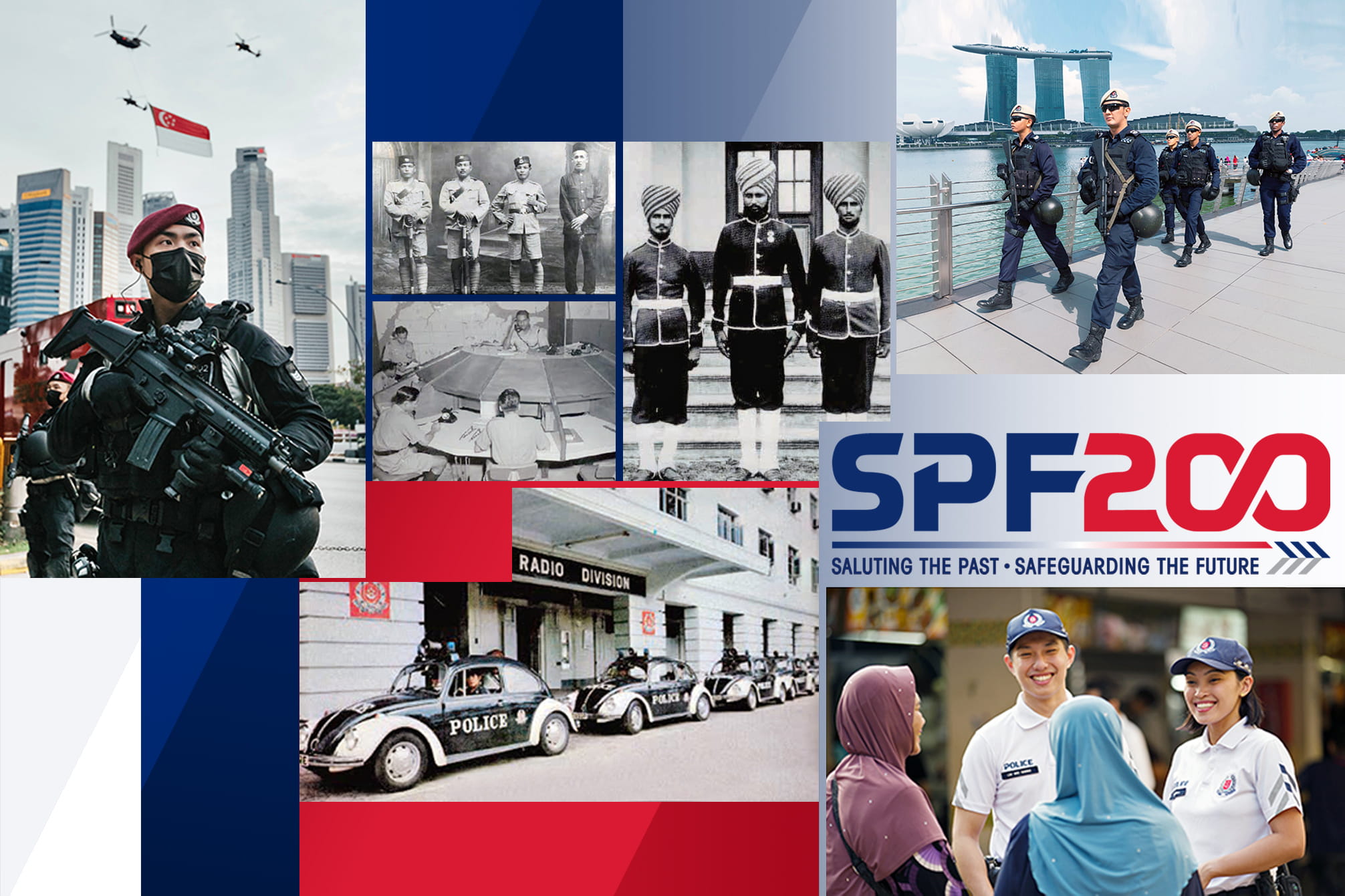
Early 1820: Our Origins
Policing in Singapore can trace its origins to soon after Sir Stamford Raffles established a trading post in Singapore. Recognising the need for law and order in the booming immigrant town, Major-General William Farquhar, the first British Resident of Singapore, established the police department in 1820.
Farquhar appointed his son-in-law Francis James Bernard the Police Assistant. Bernard led a 12-man team comprising a writer, jailor, jemadar (sergeant) and eight peada (constables) to enforce law and order. The first police office was built near the Singapore River in December 1820.
1826 to 1871: Policing a Flourishing Settlement
In 1826, Singapore was incorporated into the Straits Settlements and its police force came under the command of the Resident Councillor, John Prince. With an immigrant population and pirate ships threatening maritime trade, Singapore faced high crime rates in its early years. As legal institutions couldn’t keep up with the growing population, many crimes also went unreported. A lack of proper supervision in the Force and poor morale among rank-and-file officers exacerbated problems.
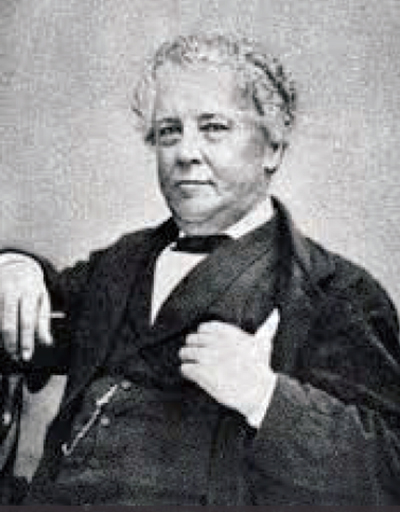
Following an urgent public meeting in February 1843 to discuss measures to fight rampant crime, Mr Thomas Dunman was assigned the twin portfolios of Deputy Magistrate and Deputy Superintendent of Police. Working tirelessly, he raised the calibre of officers by stressing discipline within the ranks.
By 1846, Dunman had established rules and regulations for officers to adhere to, drawn patrol sector boundaries and introduced a standard police uniform. He also pushed for better working conditions, higher wages, shorter hours and a pension scheme. When the Police Act of 1856 came into effect on 1 January 1857, Dunman became the first full-time Commissioner of Police. He served with distinction until 1871.
During this period, the Force also introduced its first specialist units to combat specific crimes. In 1866, a small Detective Department was set up to investigate secret societies. That same year, a floating police station was built, marking the establishment of a Marine Police to combat piracy and protect Singapore’s vulnerable shipping routes.
1872 to 1942: The Straits Settlements Police Force
The Straits Settlements became a crown colony in 1867. In 1872, the Force was reorganised through the enactment of the Police Force Ordinance, which led to the establishment of the Straits Settlements Police Force. An Inspector-General of Police, headquartered in Singapore, took charge of all the police forces in the Straits Settlements.
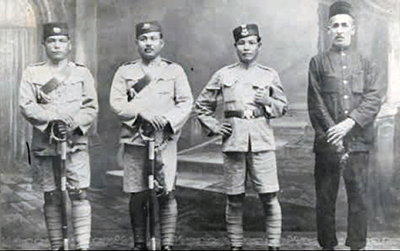
The Straits Settlements Police Force faced many challenges in this new era. With the growth of trade due to global developments like the opening of the Suez Canal in 1869, Singapore developed rapidly. Large numbers of mostly poor and uneducated Chinese coolies flocked here looking for work.
Prostitution, gambling, drug abuse and rioting were widespread. Secret societies in particular proved to be a major source of criminal activity. To combat them, the Chinese Protectorate was established in 1877 and new laws were passed to curb their activities.
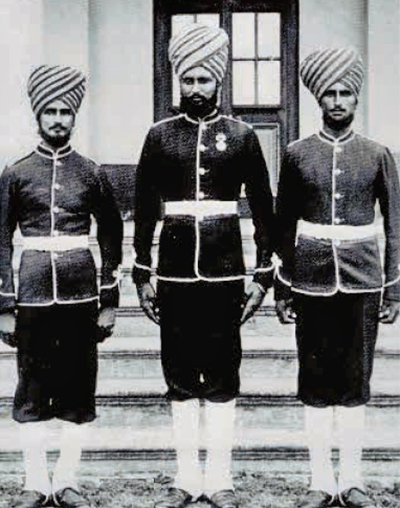
Following the 1879 Commission of Inquiry into the state of the policing, a Sikh Police Contingent was formed within the Force in 1881. The Contingent became the nucleus of an elite armed police and, in tandem with new measures to rein in the secret societies, proved an immediate success in maintaining law and order.
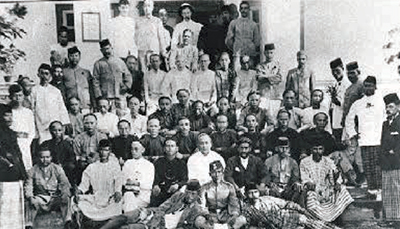
The turn of the century saw Singapore’s population rise further. The Force had to expand to cope with internal security threats linked to events in China, India and Japan. Besides expanding its policing and investigative capabilities, the Force also established the Police Training School in 1929 and improved working conditions at new police stations. The actions of the Force against communists and secret society members helped make Singapore safer, but bred resentment among those who saw it as a tool of the colonial government.
1942 to 1945: World War II
On 15 February 1942, Singapore fell to the Japanese and remained under occupation until September 1945. This period dealt a heavy blow to the Force as many of its leaders, including Inspector-General AH Dickinson, were interned. The Force also came under the control of the Japanese.
1946 to 1959: Restoring Order
The British Military Administration took charge of Singapore until 1 April 1946, when the Straits Settlements were dissolved and Singapore became a crown colony. Under this new administration, the Force was renamed the Singapore Police Force (SPF) and headed by Colonel RE Foulger.

But the Police faced new challenges in the post-war years. After years under by the Japanese, secret societies returned with a vengeance, extending their influence into political circles. Meanwhile, communist agents instigated strikes to sabotage the British government and undermine public order. This led to the declaration of the Malayan Emergency in 1948.
Unions and Chinese schools also launched a series of protests in the 1950s and 1960s. To augment police staff strength depleted by the Japanese Occupation, the Volunteer Special Constabulary, Gurkha Contingent and Riot Squad were established in 1946, 1949 and 1952 respectively. The first Women Police Unit within the Special Constabulary was also formed in 1949. These new units provided vital assistance during this period of unrest.
Another breakthrough came in 1945 when the Police established the Gangs and Radio Sub-branch, later known as the Radio Branch, using radio equipment left from World War II. The 999 emergency hotline was launched in 1947, allowing officers to respond more quickly to incidents and drastically reducing crimes like armed robbery. The Radio Branch was expanded and re-organised as the Radio Division in 1948.
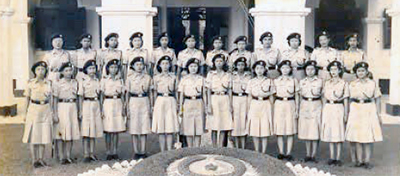
1959 to 1965: Birth of a New Nation
Singapore attained self-governance in 1959 and merged with Malaysia in 1963. The young nation faced many threats to its security and had to build up its institutions to safeguard its future. Factions against the merger stirred up racial and communal violence, with the worst riots occurring in July and September 1964.

Singapore was also subject to a spate of bombings carried out by saboteurs during the Indonesian Confrontation against Malaysia between 1963 and 1966. The Vigilante Corps was formed in May 1964 and over 10,000 people from all walks of life registered to help the Police by conducting street patrols to guards against saboteurs.
1965 to 1970: Policing an Independent Singapore
On 9 August 1965, Singapore separated from Malaysia and became an independent republic. In 1968, the Police crest adopted the name Polis Repablik Singapura (Republic of Singapore Police). With Singapore now in charge of its own defence, the Police took on a bigger role in securing the nation.
Police National Service was introduced in 1967. The Force was also inducted into INTERPOL while the Police Training School was elevated to become the Police Academy.
In 1969, the Force was reorganised and the uniform of blue flannel shirt and khaki shorts was replaced with blue uniforms (consistent with those worn by police forces globally).
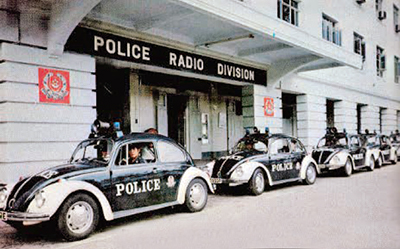
1970s: Charting New Waters
In the 1970s, Singapore enjoyed a period of peace and prosperity. Improved living standards, combined with tough and effective law enforcement, led to a decline in crime. In 1976, Singapore’s crime rate was not only the lowest it had been in two decades, it was also the lowest in the world for a city of comparable size.
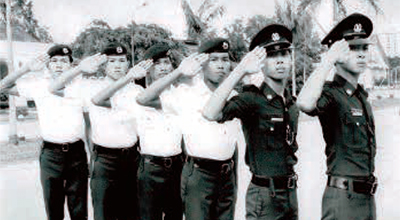
In 1979, a survey found that the public perceived the Force to be efficient, though rather aloof. Steps were taken to make officers even more involved in the community and raise public trust.
1980s: Fighting Crime Together
By the 1980s, the booming economy had transformed Singapore. Initiatives like the National Crime Prevention Council and Neighbourhood Watch Scheme were launched to involve the public in crime prevention. These also helped to foster civic-mindedness and social responsibility, creating safer neighbourhoods.

On 1 June 1983, the SPF launched the Neighbourhood Police Post system as part of a more proactive and community-based approach to policing. In 1997, this model developed into the Neighbourhood Police Centre (NPC) system, which was designed to be a one-stop policing centre for the community. The NPCs were widely successful and crime rates dropped from 1,642 per 100,000 population to 613 per 100,000 in 2001.
2000s: Policing in the New Millennium
The September 11 attacks in 2001 in the United States and the subsequent global war on terrorism changed the operating landscape for the SPF. New capabilities such as bomb blast management, counter assault measures and other counter-terrorism initiatives were developed.
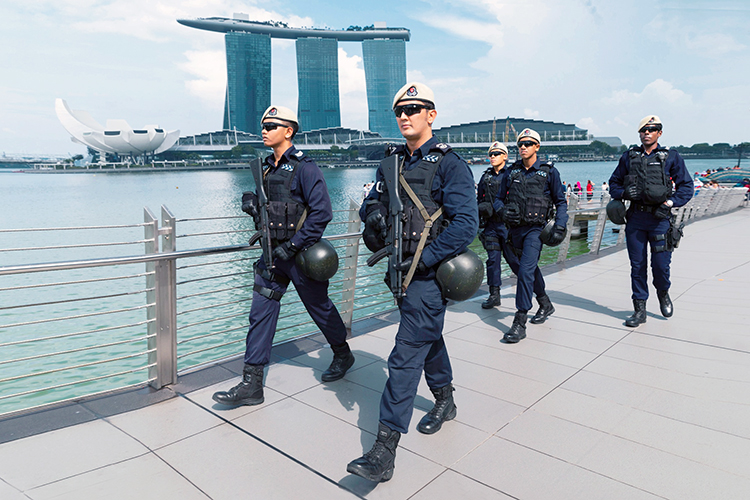
In recent years, the SPF has further enhanced its operational capabilities by introducing Emergency Response Teams and In-Situ Reaction Teams. The SPF also continues to engage the community through the SGSecure national movement.
In response to evolving demographics, technological advancements, and a fast-evolving operating environment, in 2012, the NPC system evolved into the current Community Policing System. The SPF has also leveraged technology to fight crime via video analytics-enabled police cameras, patrol robots and drones.
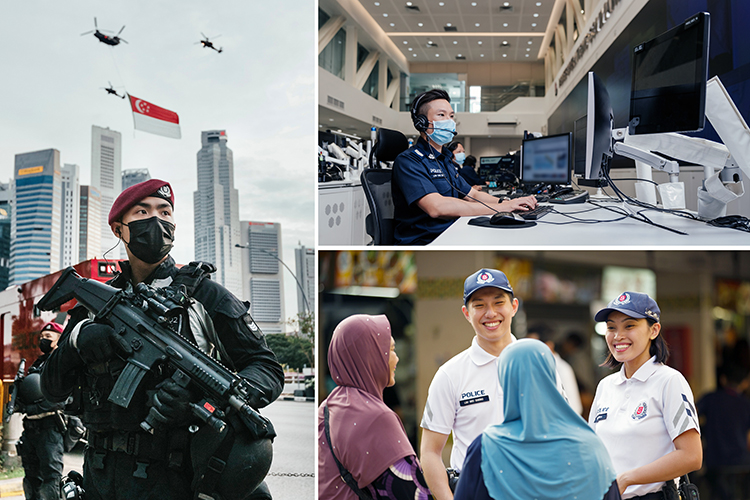
A Force for the Nation
Singapore is regularly ranked among the world’s safest cities on surveys like the Gallup Global Law and Order Report. Community partnerships also remain an important pillar of successful policing in Singapore. The SPF will continue to partner the community and other stakeholders to safeguard public safety and ensure that Singapore remains one of the safest cities in the world.
Want to learn more about the SPF’s proud history and heritage? Visit the Police Heritage Centre!


